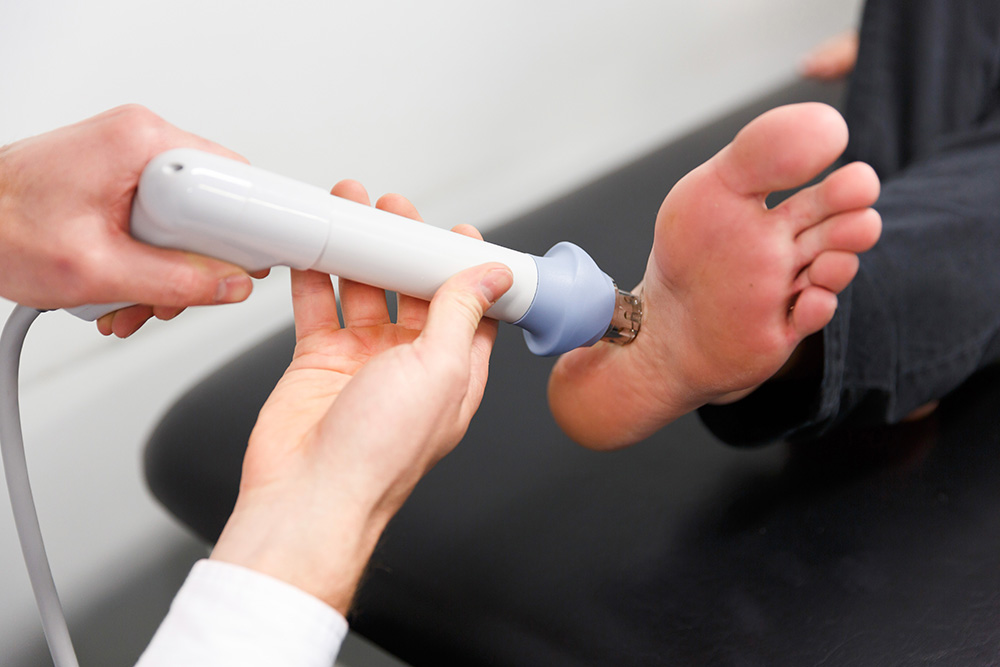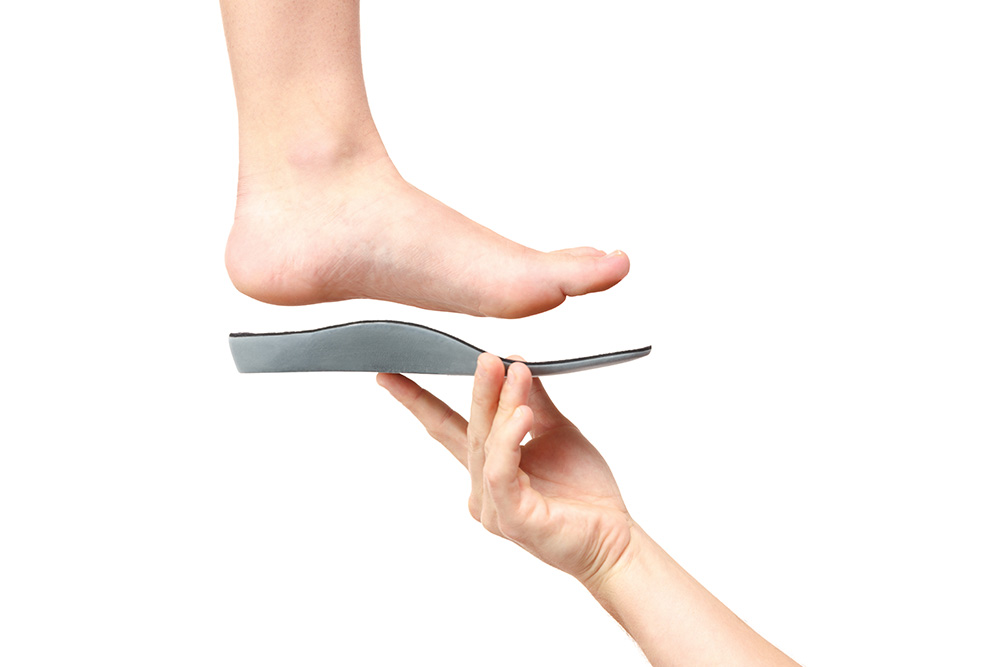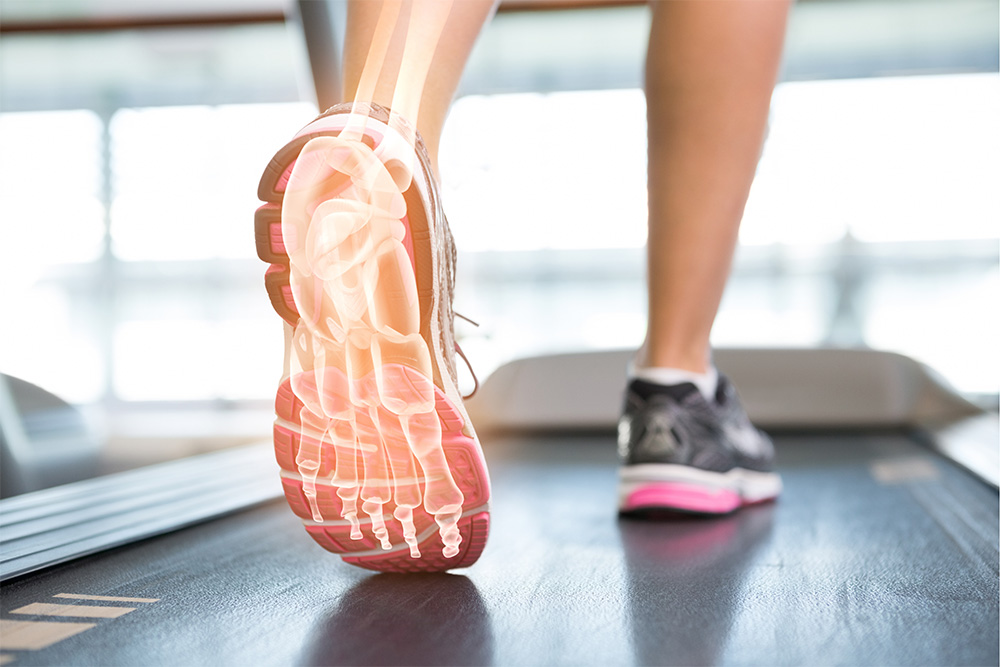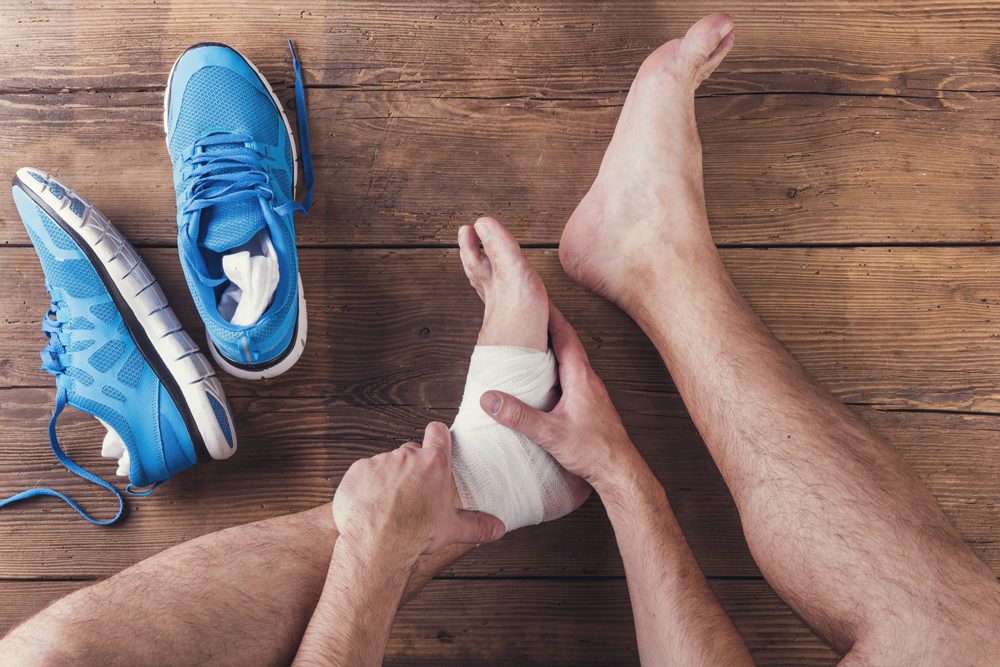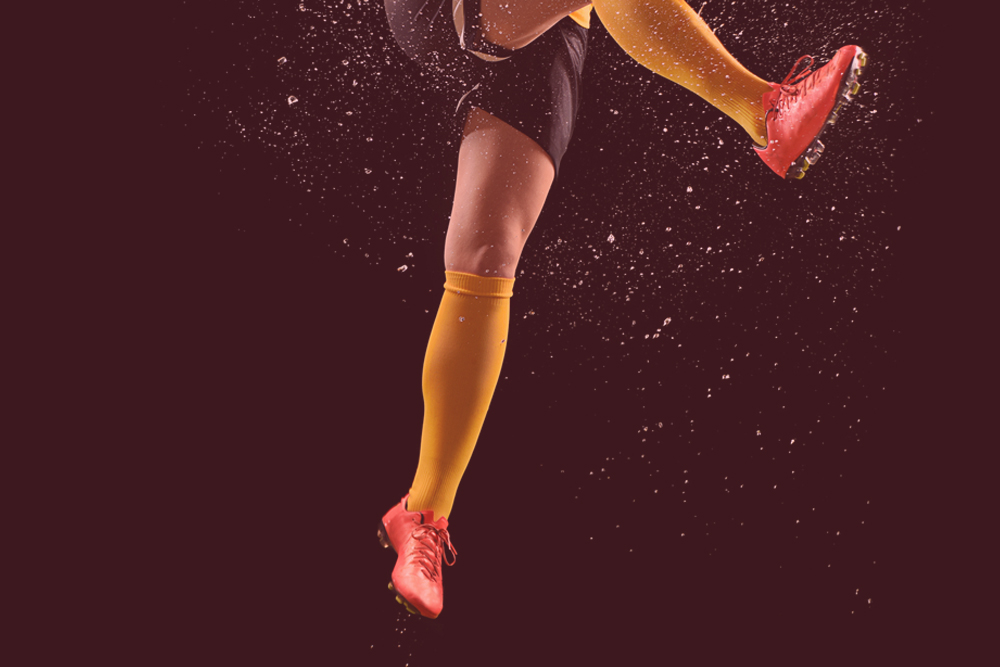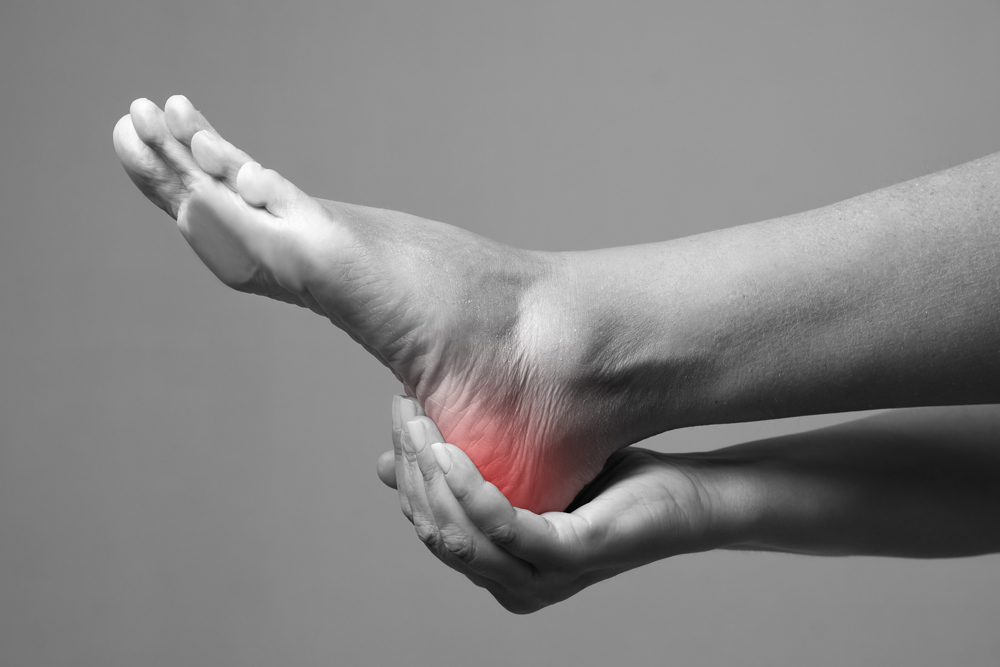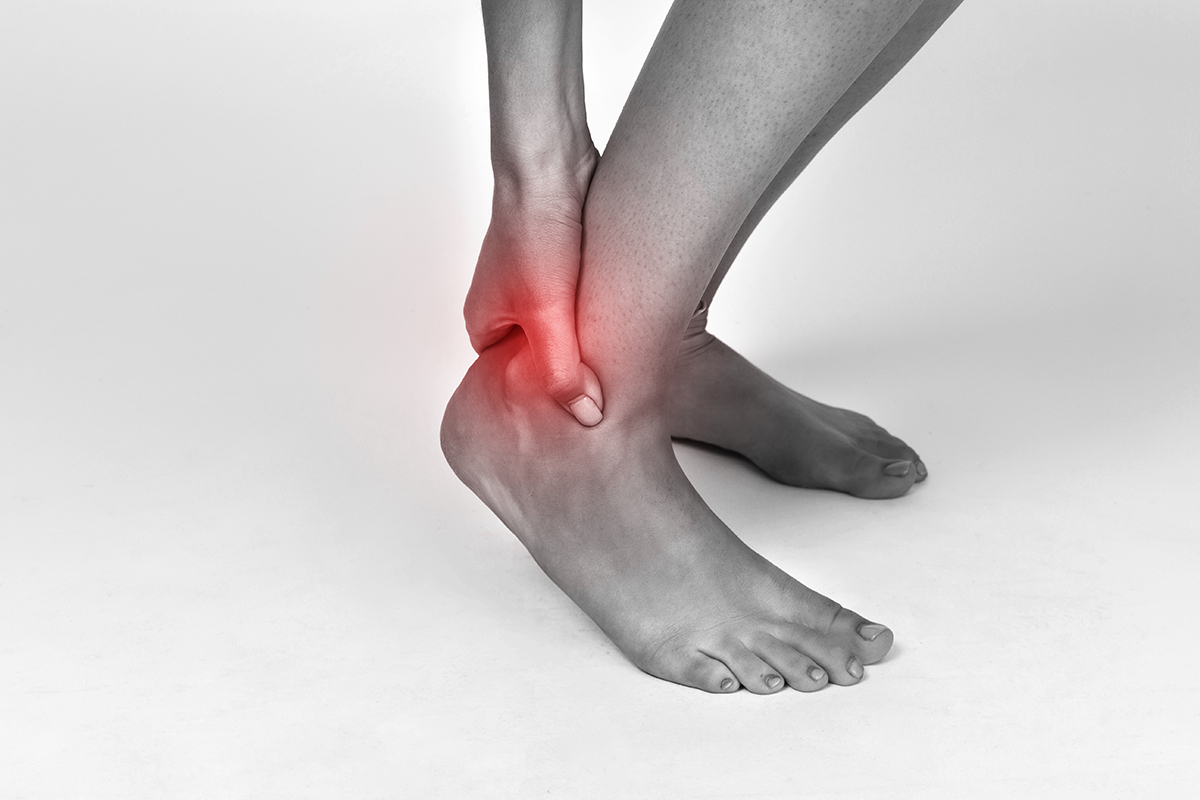
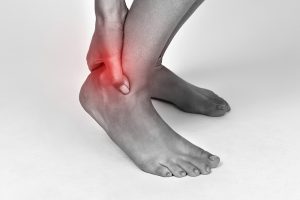
What Is Achilles Tendinopathy?
Achilles tendinopathy describes damaging and often painful changes to the strong, thick tendon at the back of the heel and ankle. The Achilles tendon attaches the calf muscles (at the back of the lower leg) to the back of the heel bone. It is sometimes referred to as Achilles tendonitis and Achilles tendinosis, though technically these describe specific stages of the ‘damage’ process.
Where Is The Achilles Tendon?
If you touch the back of your ankle and feel a cord-like structure that moves as you point your foot up and down, that is your Achilles tendon.
What Causes Achilles Tendinopathy?
Anytime you walk, run, or even point your foot downwards, your calf muscle is actively working, and taking on tension. When this tension and strain exceeds what the tendon can safely handle (which varies from person to person based on strength, fitness, flexibility and many other factors), changes to the tendon can occur. These changes can result in pain, inflammation and degeneration.
The extent of the changes can range from micro-tears in the tendon, to partial tears, to complete ruptures. Any activity that overloads or places repetitive high loads on the tendon can result in changes to the structure of the tendon. These activities may include:
- Running activities, especially at high speeds or longer distances
- Changing the intensity of your training in sports or at the gym
- Repetitively overloading the tendon over time
- Having tight calf muscles that place greater compressive forces on the tendon
- Wearing unsupportive footwear, especially if it has low-set heels
- Poor foot biomechanics
What Are The Symptoms Of Achilles Tendinopathy?
If you are experiencing pain and swelling at the Achilles tendon at the back of the heel, it is likely that you have sustained damage to the Achilles tendon – although other conditions can cause similar symptoms which is why it is important to see a health professional for a full assessment.
The language around Achilles problems can be confusing:
- Tendonitis – describes inflammation occurring in the tendon and can result in pain and stiffness. Tendonitis is often seen in early Achilles injuries or can occur during a flare of an older injury.
- Tendinosis – describes micro-changes in the tendon with no significant inflammation. Often, an Achilles tendon injury starts with some inflammation (tendonitis). As the swelling settles, the injury progresses to a more degenerative state without any inflammation.
Don’t worry – regardless of your symptoms and whether any inflammation is present, your My FootDr Podiatrist will use evidence-informed treatment methods to help your recovery.
How To Cure Achilles Tendinopathy
As many things can strain your Achilles tendon (including your age, your foot biomechanics, your footwear, muscle tightness and strength, etc), we always start by assessing the biomechanical function of your feet and legs as the first step in effectively treating Achilles tendinopathy. This way, we can help not only manage your current symptoms, but also help reduce the likelihood of the problem occurring again in the future.
Following a comprehensive assessment, we will work with you to help develop an appropriate treatment plan based on your results and your specific goals. Based on the most up to date evidence, it is very likely that your program will include specific exercises aimed at improving the load-capacity of the tendon. However, other treatment strategies may include:
- Strapping
- Footwear changes and modifications
- Wearing custom-made foot orthotics, prescribed for your feet by a podiatrist
- Shockwave treatment
Heel Pain & Plantar Fasciitis FAQs
What is insertional Achilles tendinopathy?
The term ‘Achilles tendinopathy’ refers to damage anywhere along the large tendon, whereas insertional Achilles tendon clarifies where along the tendon the damage has occurred – right where it inserts at the back of the heel bone.
Can shoes cause Achilles tendonitis?
Yes, shoes can play a major role in developing Achilles pain. This is especially true when you move from a supportive shoe like a sneaker that has an in-built heel to unsupportive, flat shoes. This immediately places more strain on the tendon with every step and is amplified during running and physical activities. Shoes that have an improper fit may also rub against and aggravate the tendon, and may even lead to the development of a Haglund’s deformity.
What does Achilles tendonitis look like?
Achilles tendonitis presents with pain and swelling at the back of the heel. The pain worsens with physical activity and eases with rest.
Who to see for Achilles tendon pain?
Podiatrists are trained and qualified to treat all aspects of Achilles tendinopathy and tendonitis, and have a comprehensive understanding of the associated lower limb function.
How long does Achilles tendonitis take to heal?
This largely depends on the severity of the injury – whether there is only a minor injury, whether it is more extensive, or whether there is a tear in the tendon. This means the time to heal varies anywhere between a few weeks and a few months. Your My FootDr podiatrist will help you get the best results in the shortest time.



